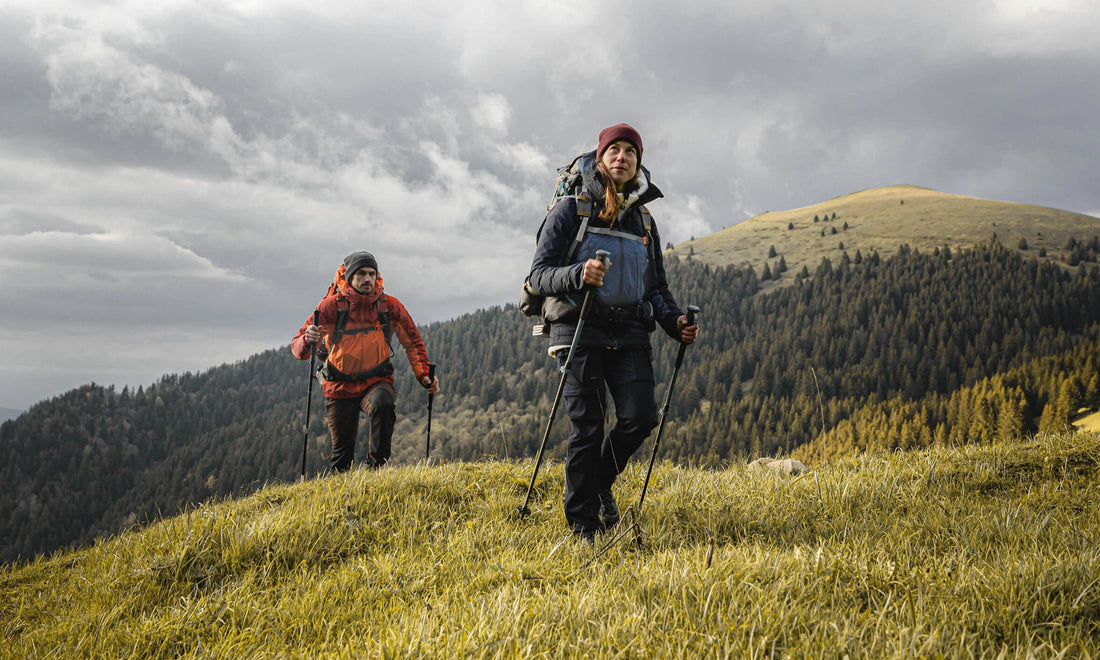Nothing beats comfort like mastering the art of layering for your chosen outdoor activities! Layering helps you control your body temperature and gives you flexibility with different environments.
In this article, we’ll share recommendations from our global Decathlon experts on how best to layer for different types of environments.
















